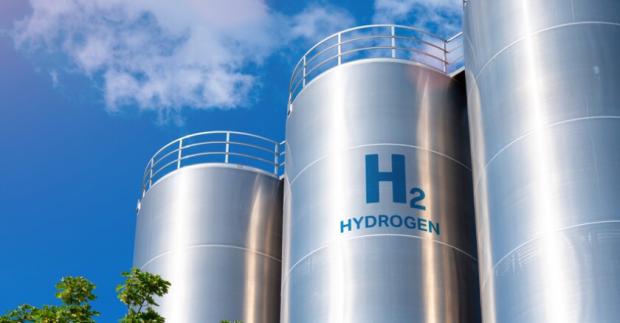
Breaking News
 Backed by Tech Billionaires, Silicon Valley Startup Quietly Weighs Plan...
Backed by Tech Billionaires, Silicon Valley Startup Quietly Weighs Plan...
 Dentistry Lies Things Your Dentist Won't Tell You!
Dentistry Lies Things Your Dentist Won't Tell You!
 Two massive quakes in 48 hours spark 'megaquake week' warnings
Two massive quakes in 48 hours spark 'megaquake week' warnings
 America's Rapidly Growing Happiness Deficit
America's Rapidly Growing Happiness Deficit
Top Tech News
 This tiny dev board is packed with features for ambitious makers
This tiny dev board is packed with features for ambitious makers
 Scientists Discover Gel to Regrow Tooth Enamel
Scientists Discover Gel to Regrow Tooth Enamel
 Vitamin C and Dandelion Root Killing Cancer Cells -- as Former CDC Director Calls for COVID-19...
Vitamin C and Dandelion Root Killing Cancer Cells -- as Former CDC Director Calls for COVID-19...
 Galactic Brain: US firm plans space-based data centers, power grid to challenge China
Galactic Brain: US firm plans space-based data centers, power grid to challenge China
 A microbial cleanup for glyphosate just earned a patent. Here's why that matters
A microbial cleanup for glyphosate just earned a patent. Here's why that matters
 Japan Breaks Internet Speed Record with 5 Million Times Faster Data Transfer
Japan Breaks Internet Speed Record with 5 Million Times Faster Data Transfer
 Advanced Propulsion Resources Part 1 of 2
Advanced Propulsion Resources Part 1 of 2
 PulsarFusion a forward-thinking UK aerospace company, is pushing the boundaries of space travel...
PulsarFusion a forward-thinking UK aerospace company, is pushing the boundaries of space travel...
 Dinky little laser box throws big-screen entertainment from inches away
Dinky little laser box throws big-screen entertainment from inches away
 'World's first' sodium-ion flashlight shines bright even at -40 ºF
'World's first' sodium-ion flashlight shines bright even at -40 ºF
Ultra-high density hydrogen storage holds twice as much as liquid H2

Hydrogen is finding plenty of applications as a clean fuel – in trucking and commercial vehicles, short range aviation and shipping, for example, where it carries considerably more energy per weight and volume than lithium batteries and can deliver superior range figures and quick refueling. You can burn it more or less like gasoline, or run it through a fuel cell to generate electric power.
It has the highest energy per mass of any fuel, but it's a pain to store. Keep it in gas tanks and you'll need some 700 atmospheres' worth of compression. Keep it as a liquid, and you'll need to maintain cryogenic temperatures just 20 degrees above absolute zero. And even when squashed into a supercooled liquid, it might be lightweight, but it takes up a surprising and inconvenient amount of volume, making it both energy-hungry and tough to package where space is an issue.
Now, Korean researchers say they've created a material that stores hydrogen at double the density of its cryogenic liquid form. "Our innovative material represents a paradigm shift in the realm of hydrogen storage, offering a compelling alternative to traditional approaches," said Hyunchul Oh, from the Ulsan National Institute of Science and Technology (UNIST), lead author on this new research.
As a molecule, hydrogen can physically adsorb into a porous material in a process called physisorption. Highly porous materials have previously demonstrated the ability to store a large amount of hydrogen per unit mass, but they've struggled to store a lot of energy within a small volume.
Until now. The team synthesized nanoporous magnesium borohydride (Mg(BH4)2), a framework with partially negatively-charged hydrogen atoms forming the nanopore's inner surface, enabling the uptake of hydrogen and nitrogen. Although both nitrogen and hydrogen can enter the pores, the researchers found that the gas uptake for hydrogen was larger by a factor of three as both occupy different adsorption sites in the pores.



